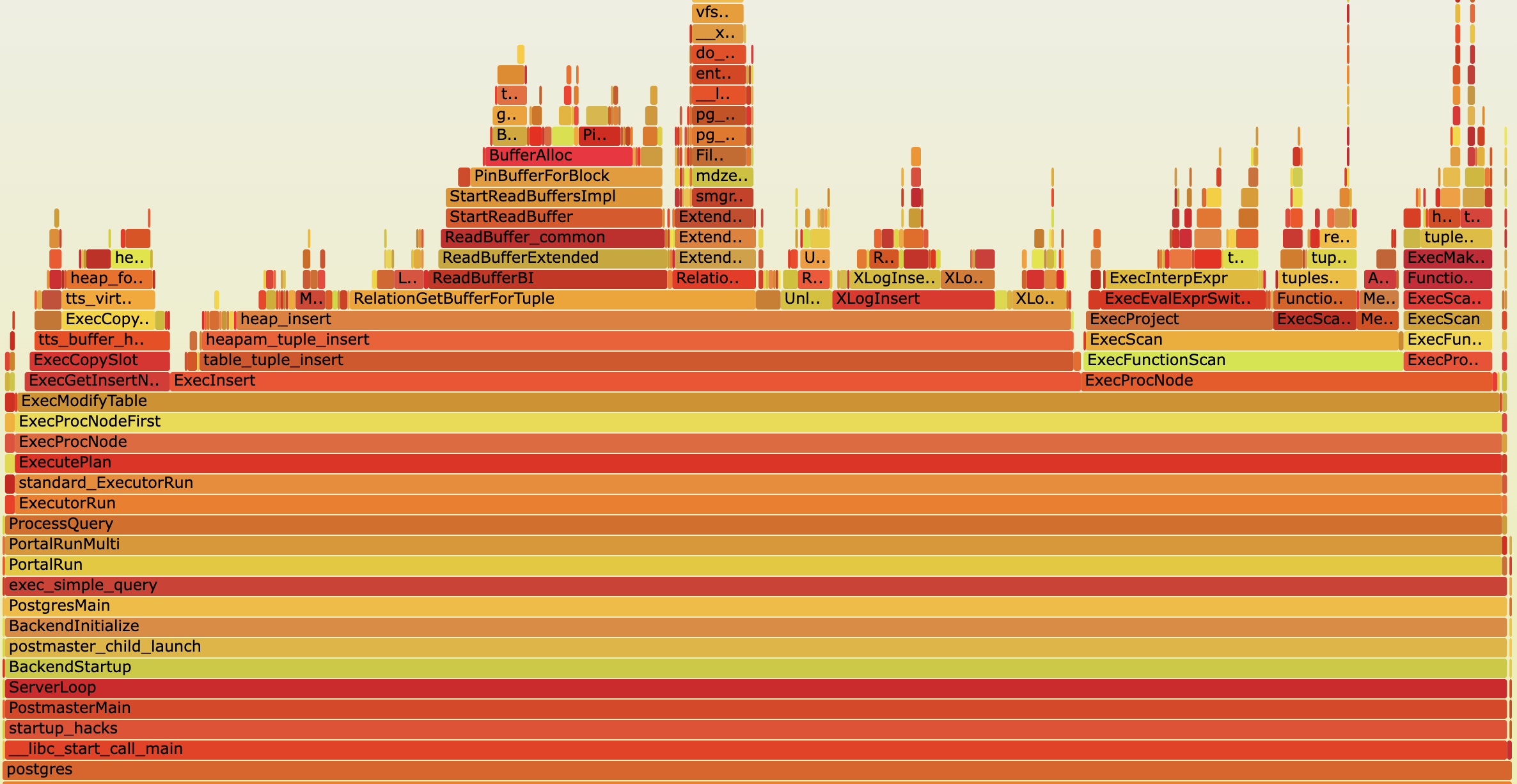jnidzwetzki.github.io/2024/04/03/postgres-and-snapshots.html
Preview meta tags from the jnidzwetzki.github.io website.
Linked Hostnames
10- 12 links tojnidzwetzki.github.io
- 5 links towww.postgresql.org
- 3 links togithub.com
- 2 links towww.linkedin.com
- 1 link toscholar.google.com
- 1 link totwitter.com
- 1 link towww.facebook.com
- 1 link towww.reddit.com
Thumbnail

Search Engine Appearance
Introduction to Snapshots and Tuple Visibility in PostgreSQL
Like many relational DBMSs, PostgreSQL uses multi-version concurrency control (MVCC) to support parallel transactions and coordinate concurrent access to tuples. Snapshots are used to determine which version of a tuple is visible in a given transaction. Each transaction that modifies data has a transaction ID (txid). Tuples are stored with two attributes (xmin, xmax) that determine in which snapshots (and transactions) they are visible. This blog post discusses some implementation details of snapshots.
Bing
Introduction to Snapshots and Tuple Visibility in PostgreSQL
Like many relational DBMSs, PostgreSQL uses multi-version concurrency control (MVCC) to support parallel transactions and coordinate concurrent access to tuples. Snapshots are used to determine which version of a tuple is visible in a given transaction. Each transaction that modifies data has a transaction ID (txid). Tuples are stored with two attributes (xmin, xmax) that determine in which snapshots (and transactions) they are visible. This blog post discusses some implementation details of snapshots.
DuckDuckGo
Introduction to Snapshots and Tuple Visibility in PostgreSQL
Like many relational DBMSs, PostgreSQL uses multi-version concurrency control (MVCC) to support parallel transactions and coordinate concurrent access to tuples. Snapshots are used to determine which version of a tuple is visible in a given transaction. Each transaction that modifies data has a transaction ID (txid). Tuples are stored with two attributes (xmin, xmax) that determine in which snapshots (and transactions) they are visible. This blog post discusses some implementation details of snapshots.
General Meta Tags
9- titleIntroduction to Snapshots and Tuple Visibility in PostgreSQL | Jan’s website and blog
- charsetutf-8
- viewportwidth=device-width, initial-scale=1, minimum-scale=0.5, maximum-scale=5
- generatorJekyll v3.10.0
- authorJan Nidzwetzki
Open Graph Meta Tags
8- og:imagehttps://jnidzwetzki.github.io/assets/img/flamegraph2.png
- og:typewebsite
- og:titleIntroduction to Snapshots and Tuple Visibility in PostgreSQL
og:locale
en_US- og:descriptionLike many relational DBMSs, PostgreSQL uses multi-version concurrency control (MVCC) to support parallel transactions and coordinate concurrent access to tuples. Snapshots are used to determine which version of a tuple is visible in a given transaction. Each transaction that modifies data has a transaction ID (txid). Tuples are stored with two attributes (xmin, xmax) that determine in which snapshots (and transactions) they are visible. This blog post discusses some implementation details of snapshots.
Twitter Meta Tags
6- twitter:cardsummary
- twitter:titleIntroduction to Snapshots and Tuple Visibility in PostgreSQL
- twitter:descriptionLike many relational DBMSs, PostgreSQL uses multi-version concurrency control (MVCC) to support parallel transactions and coordinate concurrent access to tup...
- twitter:cardsummary
- twitter:imagehttps://jnidzwetzki.github.io/assets/img/flamegraph2.png
Link Tags
5- alternatehttps://jnidzwetzki.github.io/feed.xml
- alternatehttps://jnidzwetzki.github.io/feed.xml
- canonicalhttps://jnidzwetzki.github.io/2024/04/03/postgres-and-snapshots.html
- shortcut icon/assets/favicon.ico
- stylesheet/assets/css/main.css
Emails
1Links
28- https://github.com/jnidzwetzki
- https://github.com/postgres/postgres/blob/06c418e163e913966e17cb2d3fb1c5f8a8d58308/src/backend/utils/time/snapmgr.c#L216
- https://github.com/postgres/postgres/blob/06c418e163e913966e17cb2d3fb1c5f8a8d58308/src/include/utils/snapshot.h#L142
- https://jnidzwetzki.github.io
- https://jnidzwetzki.github.io/2024/02/28/trace-postgresql-row-level-locks.html